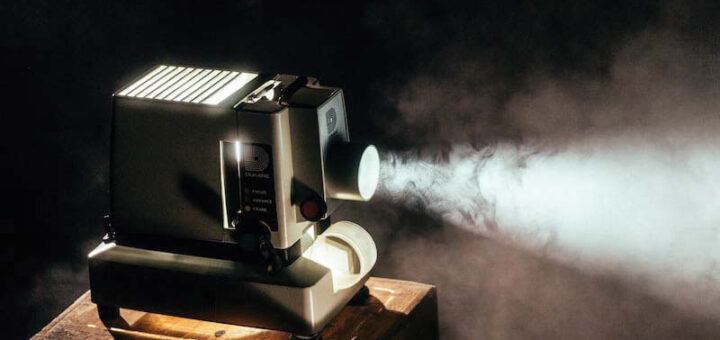The eras of cinema through the years

Harneet Sumal, Contributor
Imagination is the key that fuels creativity and storytelling. The birth of cinema inspired a new generation of people to tell stories through motion pictures. Going to the movies is a nostalgic experience for all the great times we had; from family time, first dates or even a relaxing pastime.
Cinematography is a language that communicates with the audience portraying different emotions through angled shots, lenses, colour, lighting and camera movements. Several film industries were formed by 1914 and the industry grew with each technological and equipment advancement.
The success of a film is measured by the box office. The box office denotes the earnings of a film made by the sales of movie tickets. The film industry has grown to be able to make big investments in cinematic projects and has established opportunities in film production for various jobs including director’s assistant, hair stylist, producer and side characters. The success of a film is also determined by the main discourse on social media and film critics.
The scope for film critics grew to analyze films to write for newspapers, journals, radio, television and more. The art of film paved the way to project important issues for the audience to learn about and connect to their everyday lives; documentaries, video essays and short films about mental health, world issues and societal flaws. The six eras of cinema evolution have changed the way we watch and critique films.
The Silent Era
The evolution of cinema started in 1891 with the Kinetoscope, invented by Thomas Edison in the United States, and continues to elevate today with the latest 3D experience. Le Voyage dans la Lune set the standard for production values and introduced new techniques.
The Sound Era
The first feature-length movie with music was released in 1927. Hollywood, Bollywood and Walt Disney’s English cartoons, carried the sound era through and until the 1930s. Filmmakers and contributors started to experiment with sound and its effect on films.
The Golden Age of Cinema
Film production took a big turn with the release of classics and films started to get longer, more complex plots, lighting, costumes, and special effects. In Indian cinema, the most critically acclaimed movies included Raj Kapoor’s Awaara, Guru Dutt’s Kagaz Ke Phool and more classics capturing the attention of international audiences.
The Blockbuster Age
The 1960s and 1970s stamped the blockbuster age with films like Bonnie and Clyde, 2001: A Space Odyssey and Jaws. The increase in television and VCRs led to the popularity of films in everyone’s lives.
The Independent Era
The industry’s success sparked the rise of independent studios with their own production companies. This era is memorable from the films like Pulp Fiction, Jurassic Park and the film with a romantic soundtrack, Titanic. Family-oriented films also emerged promoting family time; Aladdin, Toy Story and The Lion King. VCRs were quickly getting replaced by DVD players as the latest feature of this era.
New Age Cinema
While online streaming platforms were introduced in the comfort of a person’s home in addition to sophisticated sound systems and immersive film experiences. The entertainment industry is now produced with high-end cameras, editing tools and techniques. The new age cinema can be appreciated for its enigmatic presence in our lives; the starry world of cinema inspires, aspires, and shares with the world a piece of art.




